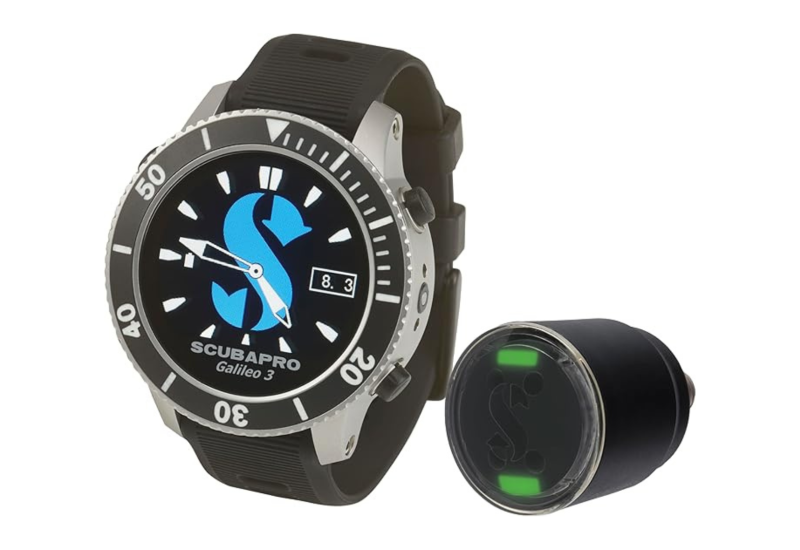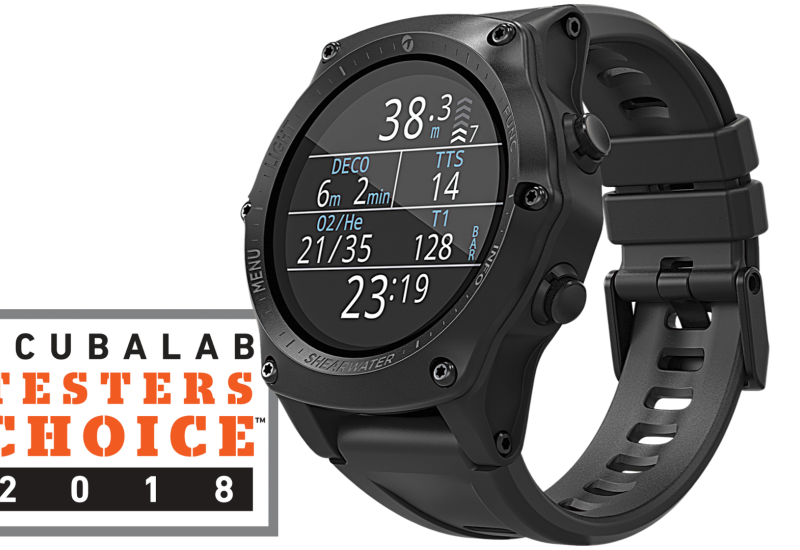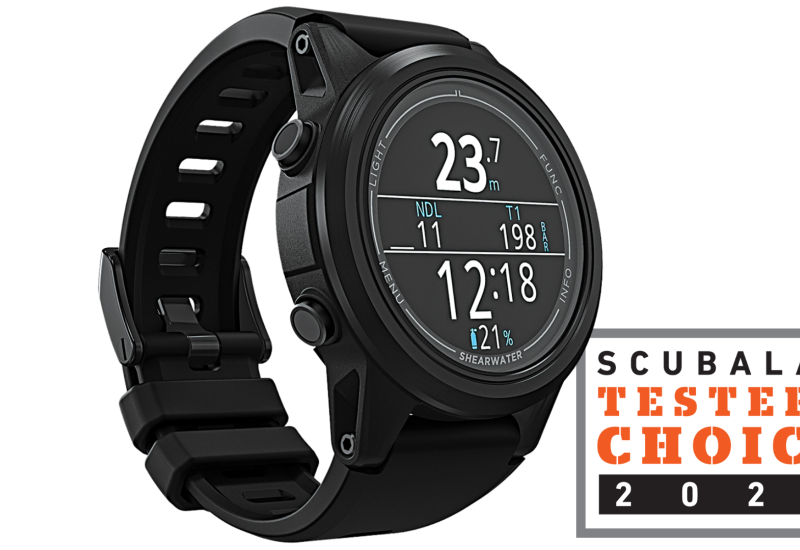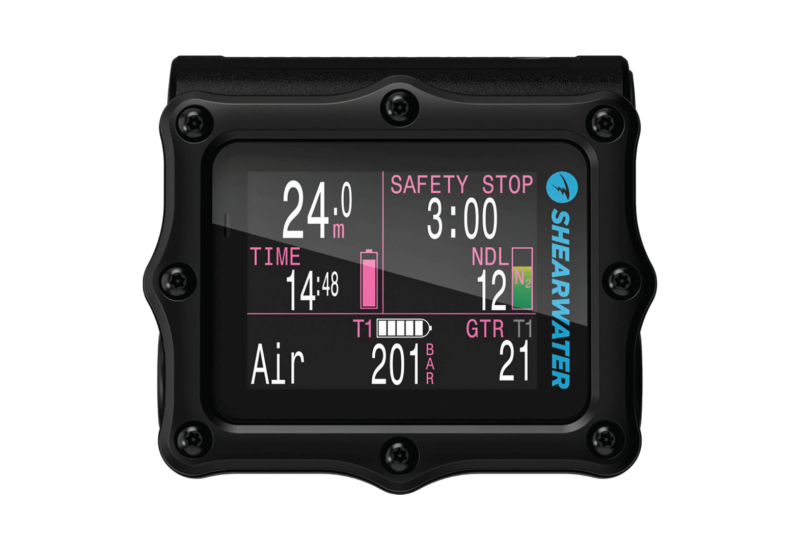5 Tips for Making the Most of Your Dive Computer
The dive computer is arguably one of the greatest technological advances in the sport of scuba diving since Jacques Cousteau and Émile Gagnan invented the Aqua-Lung. Practically every diver in the water today uses a dive computer to monitor his or her depth and bottom time, rather than dive tables. But how well do you know your dive computer? Here’s how to maximize your bottom time and your safety.
1) BRING IT ON EVERY DIVE
It happens: You forget your computer in your bag or leave it on the camera table during the surface interval. If you log bottom time without your computer, it could throw your whole dive day into chaos. Keep your computer clipped to your BC on the boat, and make it part of your predive safety check.
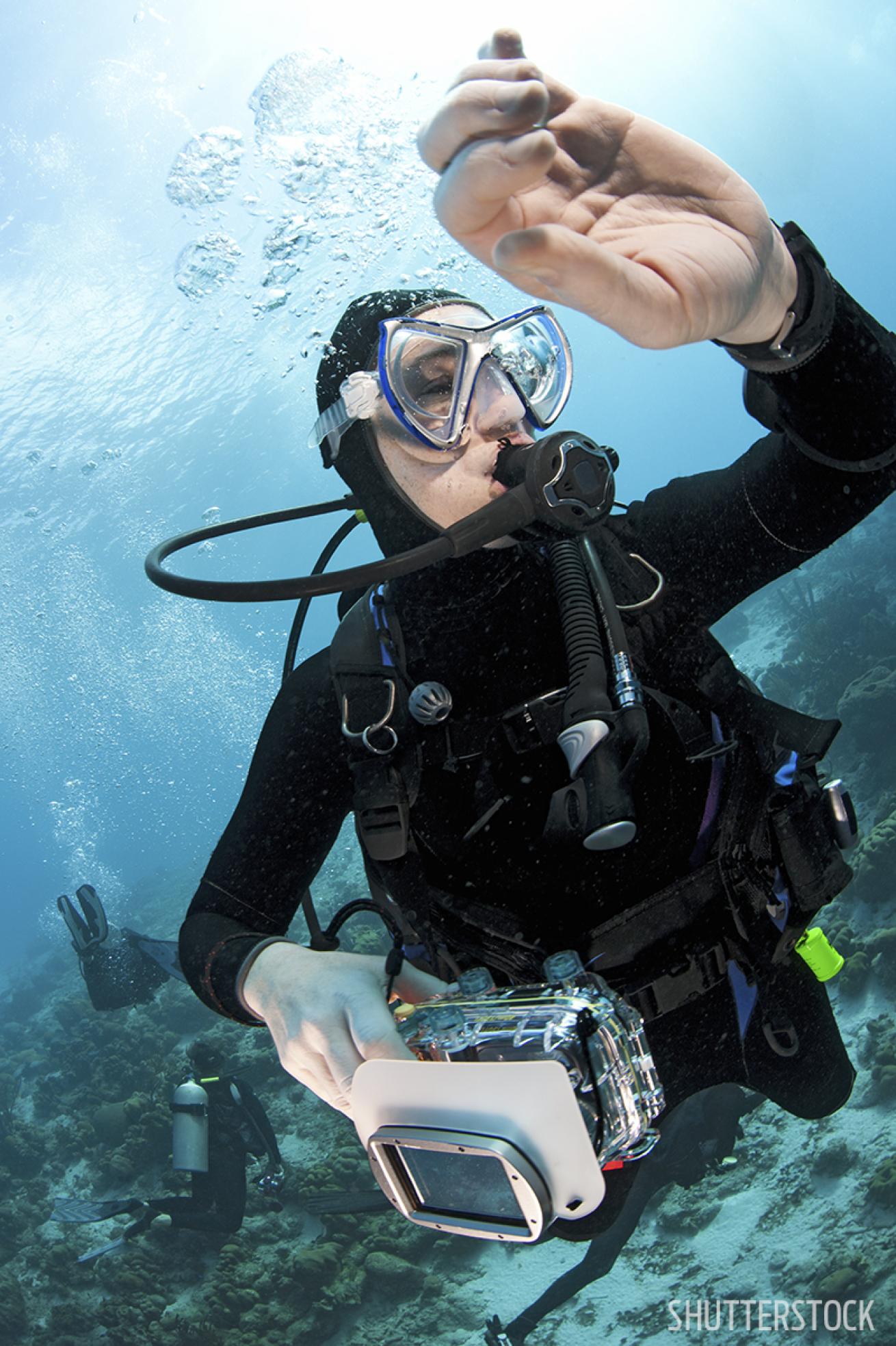
ShutterstockMaximize your bottom time and your safety with these tips.
2) KEEP IT CLOSE
Your dive computer can give you the right information only if it accurately follows your dive. Your readings will be off if it dangles from a hose a few feet below you the whole dive. Keep it on your wrist or clipped to your BC. And during safety stops, hold the computer at chest level to do your hang time at the right depth.
3) LOG YOUR DIVES
Most every dive computer on the market offers sophisticated digital dive logging with far more detailed information than the old-school paper kind. Some even transmit wirelessly to your smartphone. Using this function provides lots of useful data, from real-time depths to air consumption.
4) KNOW THE MODES
Read the manual to learn the ins and outs of your specific computer. Most offer modes for nitrox, customizable to the blend you’re diving. Many also have a freediving mode, so you can see basic info like depth and water temperature while snorkeling with-out logging every breath-hold dive as a scuba dive.
Why You Need To Read The Manual For Your Dive Computer
5) UNDERSTAND EMERGENCY DECOMPRESSION
If you overstay your no-decompression limit (NDL) using standard dive tables, procedure calls for an extended safety stop and staying out of the water for 24 hours. Of course, it’s never a good idea for recreational divers to make a planned deco without training, but in emergency-decompression mode, today’s dive computers will calculate accurate ceilings (depths you should not ascend past) and ascent times to help you reach the surface safely.

